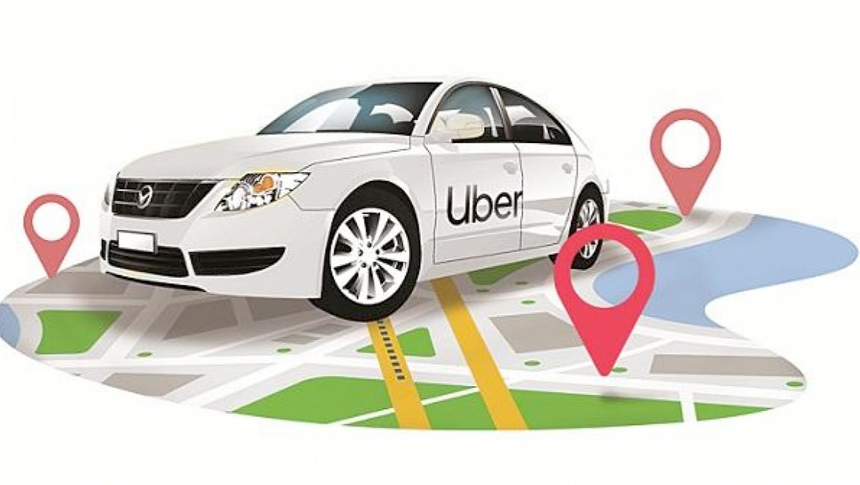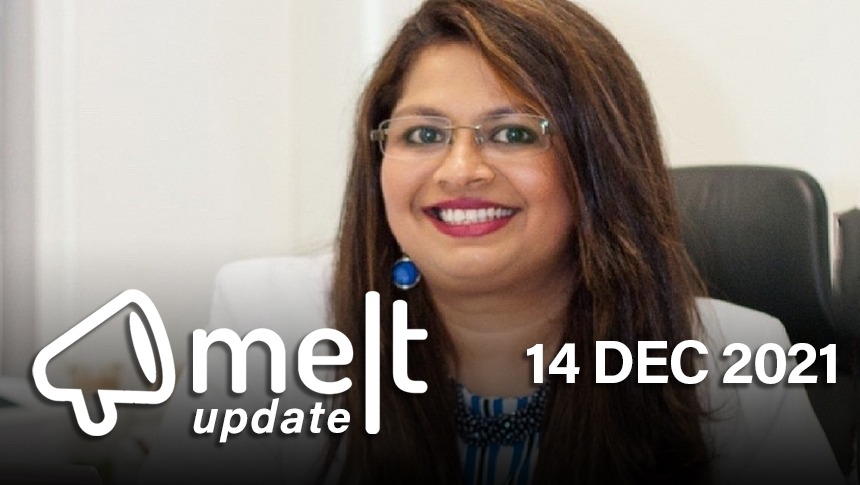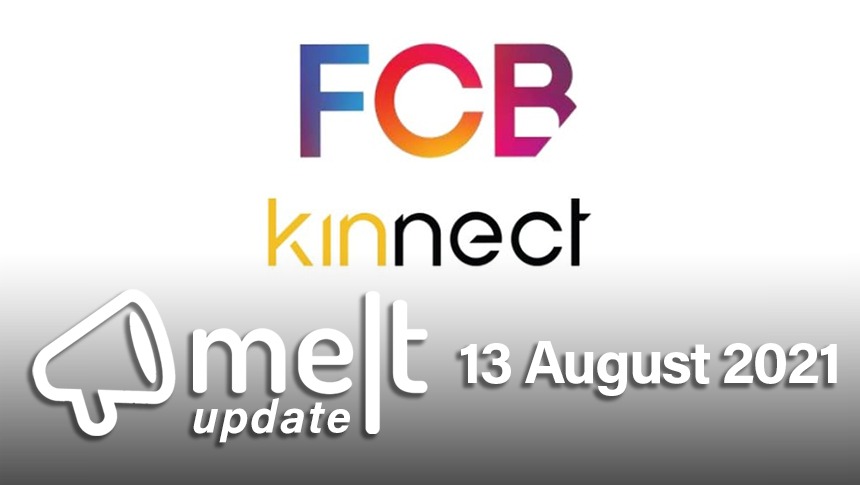In the middle 1980s, my family ran a bookshop-cum-library in Chennai. Since Mills & Boon (M&B) novels were very popular, we, as a business, were very important to the local distributors.
To the uninitiated, M&B books are, simply, escapist romantic fiction books. “Modern Mills & Boon novels, over one hundred of which are released each month, cover a wide range of possible romantic subgenres, varying in explicitness, setting and style, although retaining a comforting familiarity that meets reader expectations,” says the Wikipedia entry for the imprint.
So it was that the Asia head of sales was visiting Chennai and decided that he wanted to meet us, his biggest customer in Chennai.
He told us the new titles that they planned to bring to India, and shared details of global sales patterns under various ‘genres’.
The best-selling titles and authors were, astonishingly, common to M&B’s biggest markets – UK, Australia, New Zealand and India.
The only discordant note was in the sales figure of the ‘Doctor-Nurse’ romantic titles. The UK, Australia and New Zeeland mirrored sales patterns – but Indian sales of these titles was close to zero.
Why was this particular set of stories so unpopular in India?
While Indian readers happily lapped up the run-of-the-mill escapist fantasy, the Doctor-Nurse romance was too fantastic. It was impossible for a doctor to have a romantic escape with a nurse, it was beyond impossible to even imagine a doctor marrying a nurse.
Which brings me to the point of this post.
Yesterday, as I was on Facebook, this Uber ad popped up on my timeline.
Take a look at the ad.
Take a look at it again.
The experience of the Uber customers as shown in this video is beyond fantasy to the Indian Uber customer.
This Uber ad is so removed from the experience that the Indian consumer has when he or she books an Uber that the entire ad seems like a lie. And the entire ad is rejected.
This is a case of fantasy for the Uber think tank at their head office, believing that the Uber drivers are the same all over the world in profile, that Uber consumers are the same and their reactions would be the same.
Take the case of the Uber app.
After the ride, the consumer is asked to ‘compliment’ the driver, choosing one of the following:
1. Hero 2. Six-star service 3. Great conversation 4. Expert navigation 5. Great attitude. 6. Tidy and clean 7. Great amenities.
How many can Indian Uber consumers honestly choose? Are you EVER likely to have a ‘great’ conversation? What does expert navigation mean, when you have a map that directs you? Have you ever experienced any ‘amenities’ during your Uber ride?
Uber India needs to look at India as a large, important market (if it is). Then they need to tweak their app to suit Indian consumers.
And they certainly need to create India-focused advertising and ensure that advertising that targets consumers elsewhere isn’t pushed into our faces.
Uber, like all global brands, needs to be very, very careful when it comes to media planning in a world where customers in different markets have different consumer experiences.
Learn from Mills & Boon. Learn what works in different markets and why. Then, you might have a happy ending to your India business.



